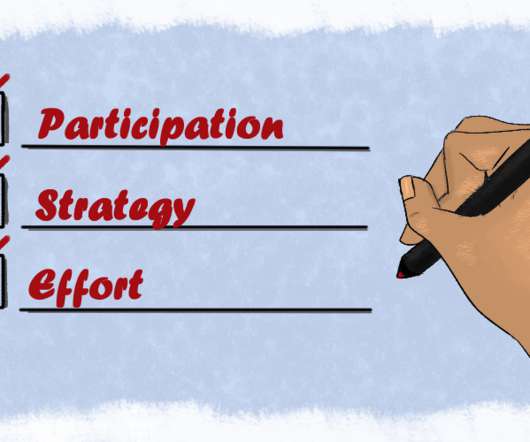Strengthening program evaluation in your nonprofit
ASU Lodestar Center
OCTOBER 16, 2020
Nonprofit leaders have heard the call but are struggling to meet expectations due to a lack of basic resources, expertise and support. Some things to consider include: What resources (technology, space, materials, time, finances, etc.) Does the staff have any evaluation experience? Staff with position, rank, or experience.













Let's personalize your content